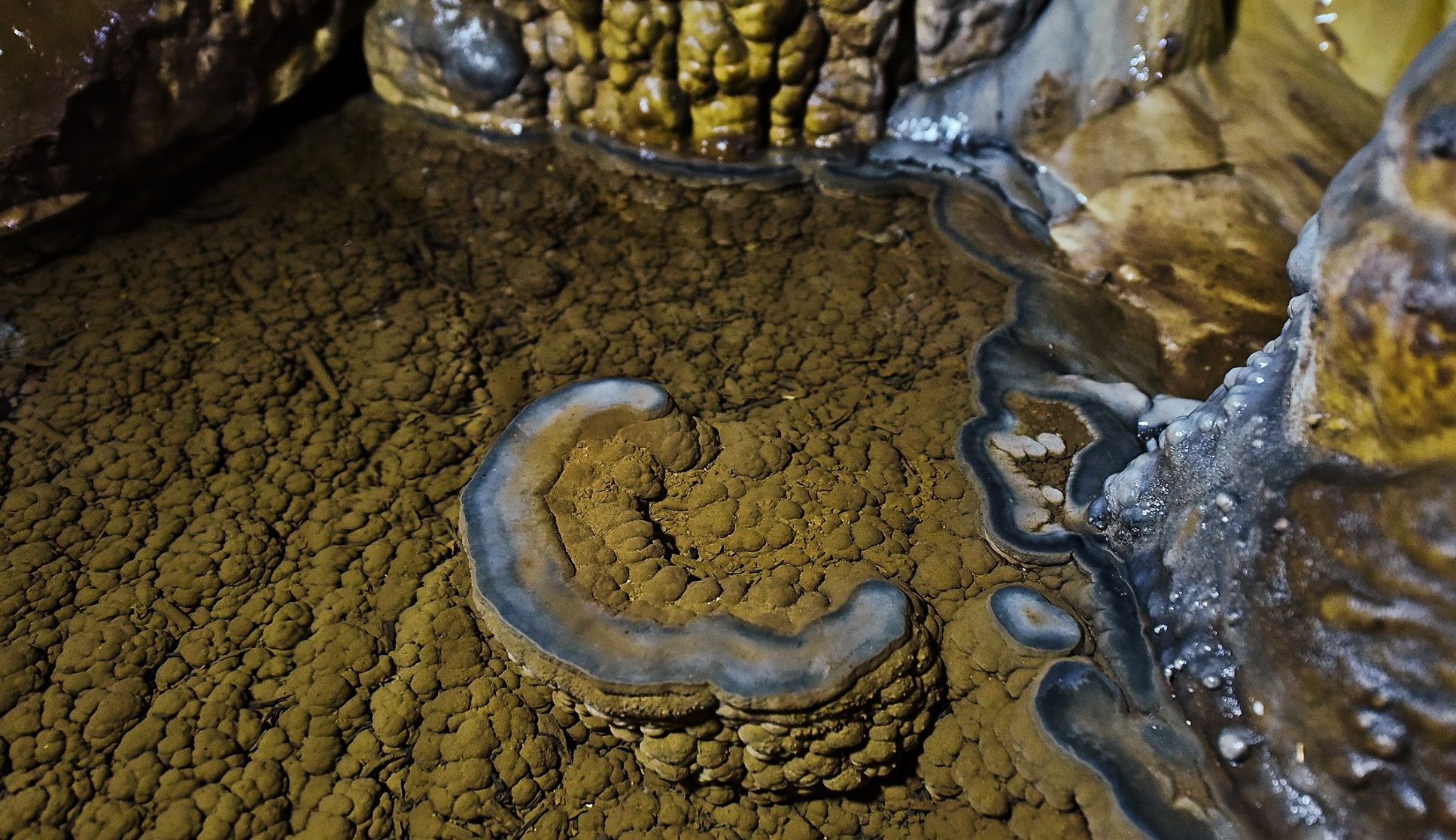Water is the source of life on Earth. According to science, it is where organic matter first got formed and continued to develop to the point where the diversity of life on our planet could not be briefly described. Due to its invaluable importance and the fact that water is an irreplaceable, yet limited resource, ever since 1993 the United Nations have been celebrating March 22 as World Water Day. The theme of this year’s celebration is “Valuing water” followed by the question “What does water mean to you?”.
Just like with life on Earth, there is an unbreakable bond between water and caves. So far, a major number of discovered caves formed on karst terrain under the influence of water. When in contact with CO2 from the air, atmospheric waters become slightly acidic. That acidity is what dissolves limestone, thus creating tunnels, chambers, and passages. And it takes hundreds of thousands of years for these tunnels, chambers and passages to develop into caves.
Water doesn’t only create caves, it also decorates them. The most attractive cave formations developed thanks to water and the patient work of its drops. Well-known stalactites and stalagmites are merely some of those fantastic ornaments. In places where the water chooses to stay, it forms rimstone dams and pools, and it also welcomes the smallest cave dwellers. When it enters the cave in cascades, it brings along a lot of other material from the ground, decorates caves with flowstone formations, and when its tiniest and finest drops disperse throughout the ground, it creates coralloid formations that can make you feel as if you were in the depths of a sea.
Scientists have estimated that our Lipa cave started to form some six million years ago under the influence of the river Cetina. The river disappeared underground somewhere in the 17th century thus leaving the town of Cetinje among a few in the world without a surface water source. However, the river continued to flow hidden from men’s eyes and to transform the limestone deep beneath the surface. Apart from that, since Cetinje is one of the rainiest towns in Europe, the abundance of precipitation in this area makes Lipa cave very rich in water sources. This is precisely the main reason for which the inhabitants of the village Dobrsko used to visit the cave during the past century. Thanks to the constant presence of water, you can find all sorts of formations in Lipa cave, which is one of the reasons for it being among the most attractive tourist destinations in Montenegro. And when atmospheric and underground waters in Lipa cave meet underneath the passages and chambers we know of, together they create mysterious ways that will be discovered by future generations.
Water is the creator of caves and to them, it means the past, the present, and the future. And what does water mean to you? Join the UN campaign and answer the question on your social network pages and by adding #WorldWaterDay and #Water2me raise awareness about the importance of water for the entire planet.


